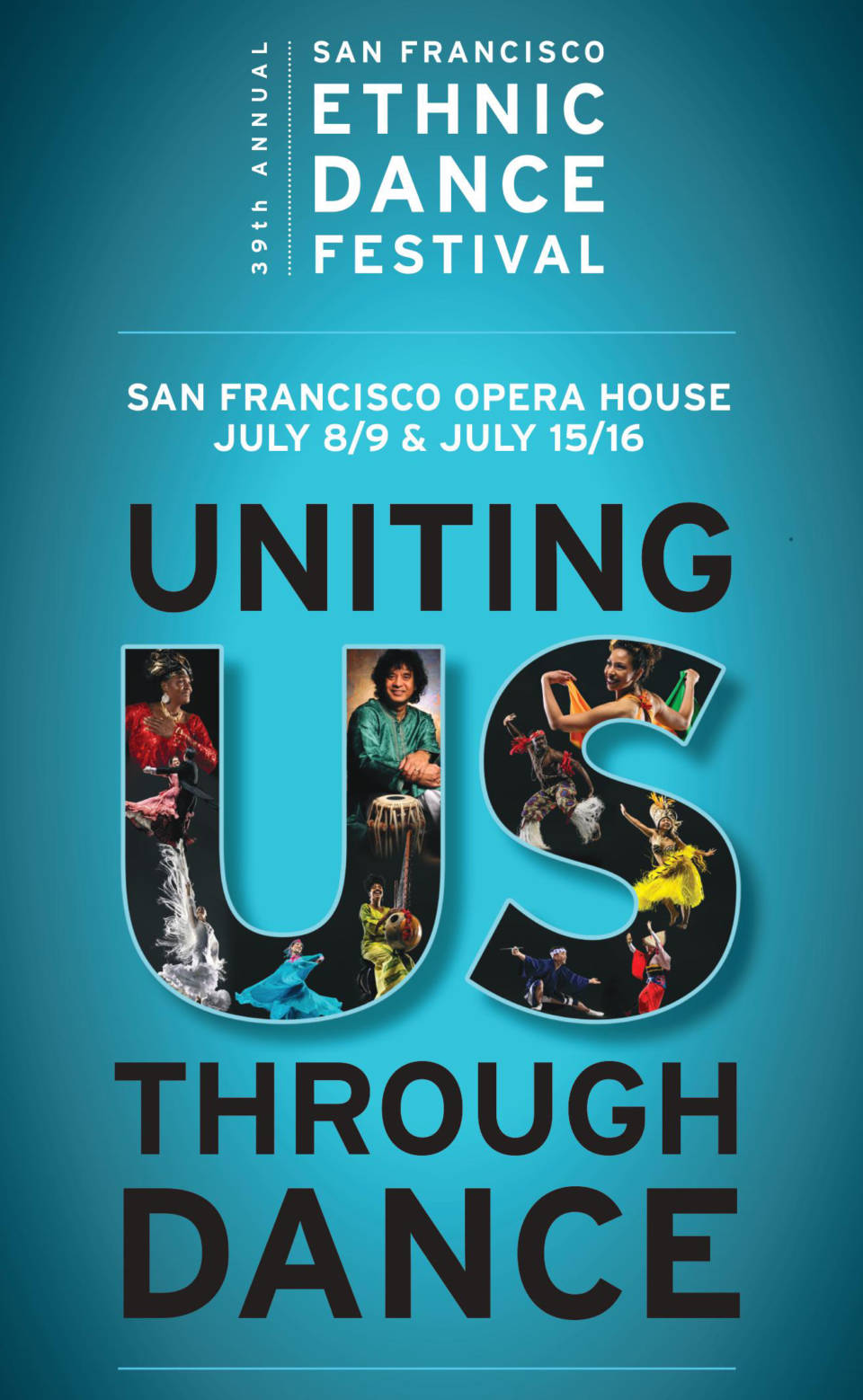By Abigail Keyes (SL5/JL5)
In the Beginning: Joumana Jazzes up Belly Dance
In 1983, Suhaila Salimpour auditioned for a unique and groundbreaking annual dance event in San Francisco.
She presented “Joumana,” the first in a triptych of works she created in collaboration with her mother. These works—“Joumana,” “Maharajan,” and “Hayati”—explore the new musical compositions created specifically for belly dancers in the late 1970s. When Suhaila heard these complex, richly orchestrated works, she imagined movement interpretations that she could not yet physically perform.
After studying intensively with Yuki, a jazz dance teacher in not-so-nearby Castro Valley, Suhaila experimented with opening up new choreographic possibilities within the belly dance genre. “Joumana” (as well as its sister dances) plays with melody and rhythm, and signals a clear integration of Jamila’s belly dance steps, Suhaila’s exploration of the muscular execution of belly dance movements, and the non-belly dance training Suhaila had been studying.
In these pieces, too, we can clearly see the beginnings of Suhaila’s choreographic and expressive voice: playing with hand and arm gestures to highlight hip work, the characteristic head and chin releases, as well as acrobatic displays such as the splits. And of course, these works were greatly influenced by superstar dancers in the Arab world, particularly Nagua Fouad and Nadia Gamal.
World Dance for a Wider Audience
For decades, the San Francisco Bay Area has been home to innumerable dance companies, many (maybe even a majority) of them in the field that we sometimes call “ethnic” dance. The term “ethnic” is becoming increasingly problematic, and dance studies scholars will be quick to tell you that even ballet can be considered an ethnic dance form.
But in the 1970s, there were few events that brought the many diverse and disparate dance companies throughout the San Francisco region together. Rarely did a Mexican folklorico company rub shoulders with a Flamenco ensemble, or dance alongside Appalachian cloggers.
The San Francisco Ethnic Dance Festival sought to change how audiences experienced and witnessed dance that wasn’t just Euro-American concert dance (ballet, modern, or contemporary). So, 40 years ago, with a grant made possible by the San Francisco Hotel Tax Fund, the Festival became the first multicultural, ethnic dance festival in the country.
Since then, the dances presented have ranged from the most preservationist and “traditional,” to contemporary and experimental. Legendary and groundbreaking choreographers and performers have graced the Festival stage: Pandit Chitresh Das (Kathak), Patrick Makuakane (Hula), Rosa Montoya (Flamenco), Gamelan Sekar Jaya (Indonesian), and Ballet Afsaneh (Persian Classical and Contemporary), just to name a few.
So, when Suhaila auditioned for the Festival in 1983 with “Joumana” in 1983, it was, to say, kind of a big deal. An even bigger deal is that the panel and artistic directors selected the piece, making it not only one of the first-ever solo performances to be in the Festival, but also, and perhaps more importantly for us, it was the first-ever belly dance performance. Since then, both Bal Anat and the Suhaila Dance Company have also performed at the annual Festival, presenting works such as Jamila Salimpour’s “Raqs al-Zagat,” and two pieces from Enta Omri.
From Performer to Panelist
Since 1978, the Festival’s performances have reached hundreds of thousands of audience members, providing outstanding opportunities to artists who seek to present the dance expressions of their cultural and ethnic heritages. To make their selections, the Festival invites experts in their respective dance genres to evaluate and help select prospective performers.
Last year, the director of the Ethnic Dance Festival invited Suhaila to be a panelist for the 2017 auditions. But because we were performing Enta Omri and bringing Bal Anat to Europe over the same weekends as the audition, Suhaila was unable to accept the invitation. So the director asked if she could be a panelist for the 2018 auditions.

Program cover from the 2017 Festival.
This year, Suhaila was available… but only for the first weekend. But the director made a deal with Suhaila. She asked, “Is there anyone who you could mentor the first weekend and who could stand in for you the second weekend?”
So she asked me… no pressure, right?
So this year, Suhaila and I spent a weekend in November giving feedback on over 40 different ensembles and soloists vying for a chance to appear at the 2018 Festival. On the second weekend, I sat in for her, alongside some of the most experienced and knowledgeable dance masters I have ever had the pleasure of talking to, let alone sitting beside as a peer.
Being on the Festival panel is a full-circle moment for Suhaila, and for me, I was just honored to be there. Over the two weekends, we were able to give a voice to belly dance as a discipline that can stand alone, is worthy of study and a place at the table.
Looking Forward to 2018
So, because Suhaila sat on the panel, that meant, of course, that the Salimpour School couldn’t audition. But that means that we have even bigger plans for the coming year.
Next year, of course, is the 50th anniversary of Bal Anat. We’re touring the show throughout Europe and the United States. The local San Francisco Bay Area show will be particularly special, because World Arts West is co-presenting the show. And if that weren’t enough, World Arts West and the Ethnic Dance Festival are presenting Jamila Salimpour with the prestigious Lifetime Achievement Award.
To have Bal Anat and the Salimpour School supported by such a renowned and respected advocate for world dance and music marks a turning point for us and for belly dance in the Bay Area. The work that we do to show that belly dance is a form worthy of wider support and audiences means that we are in the right place at the right time.
Our work speaks for itself, and will continue to for years to come.








